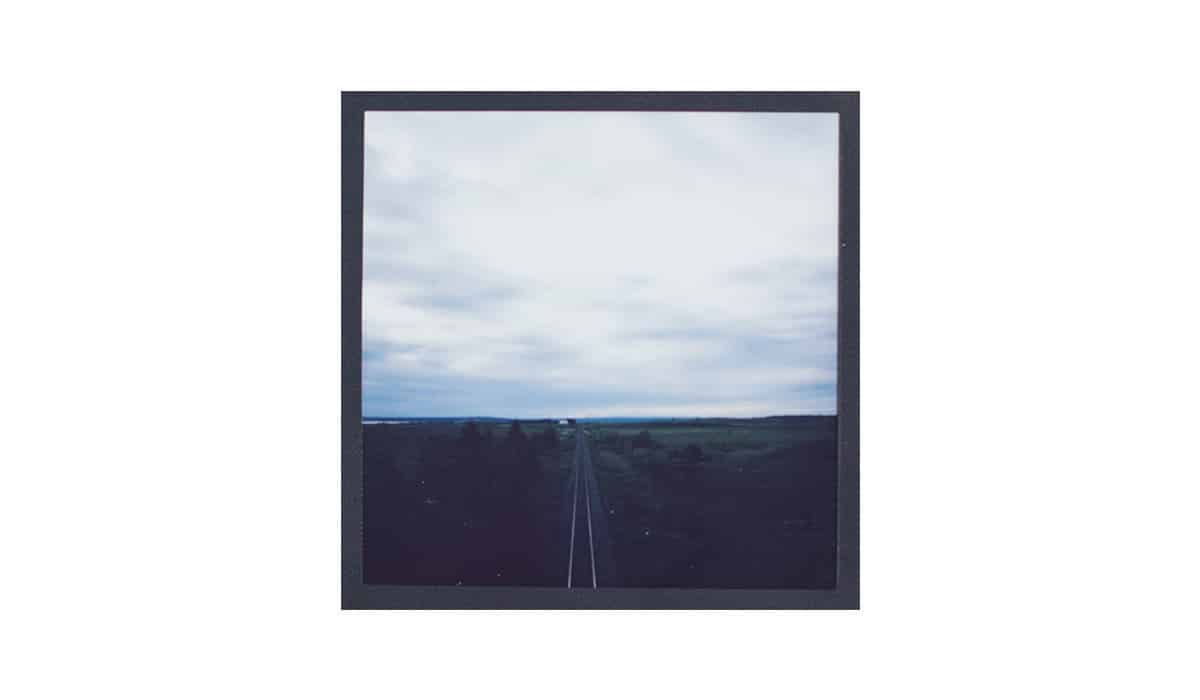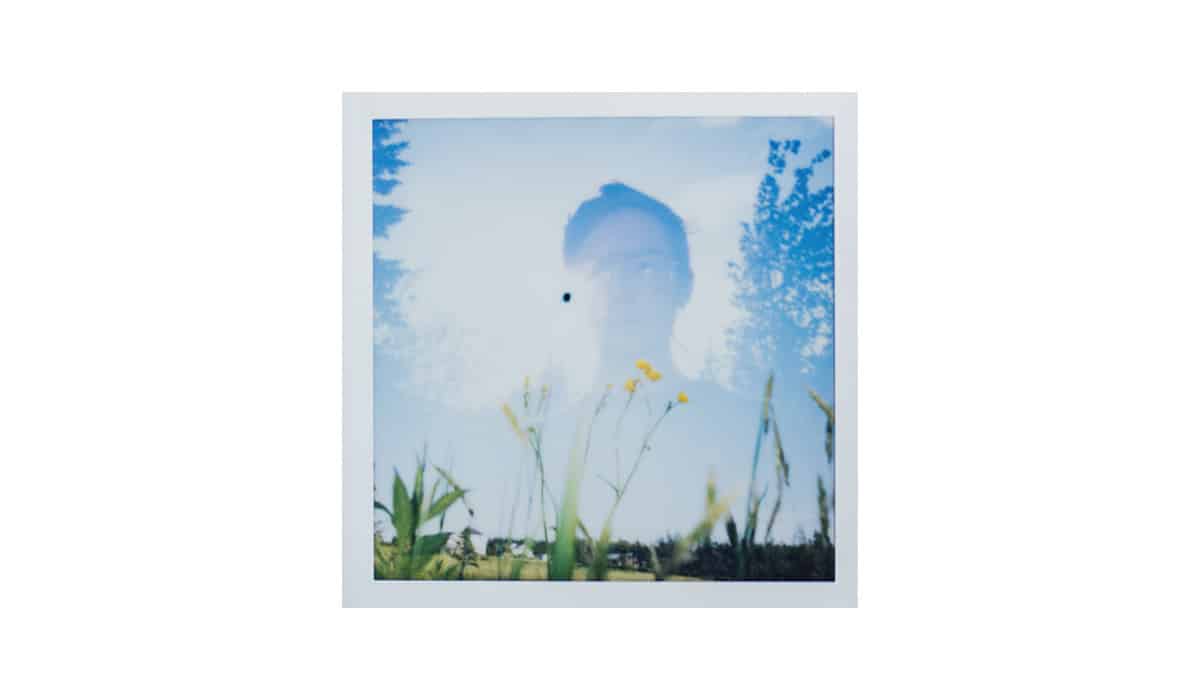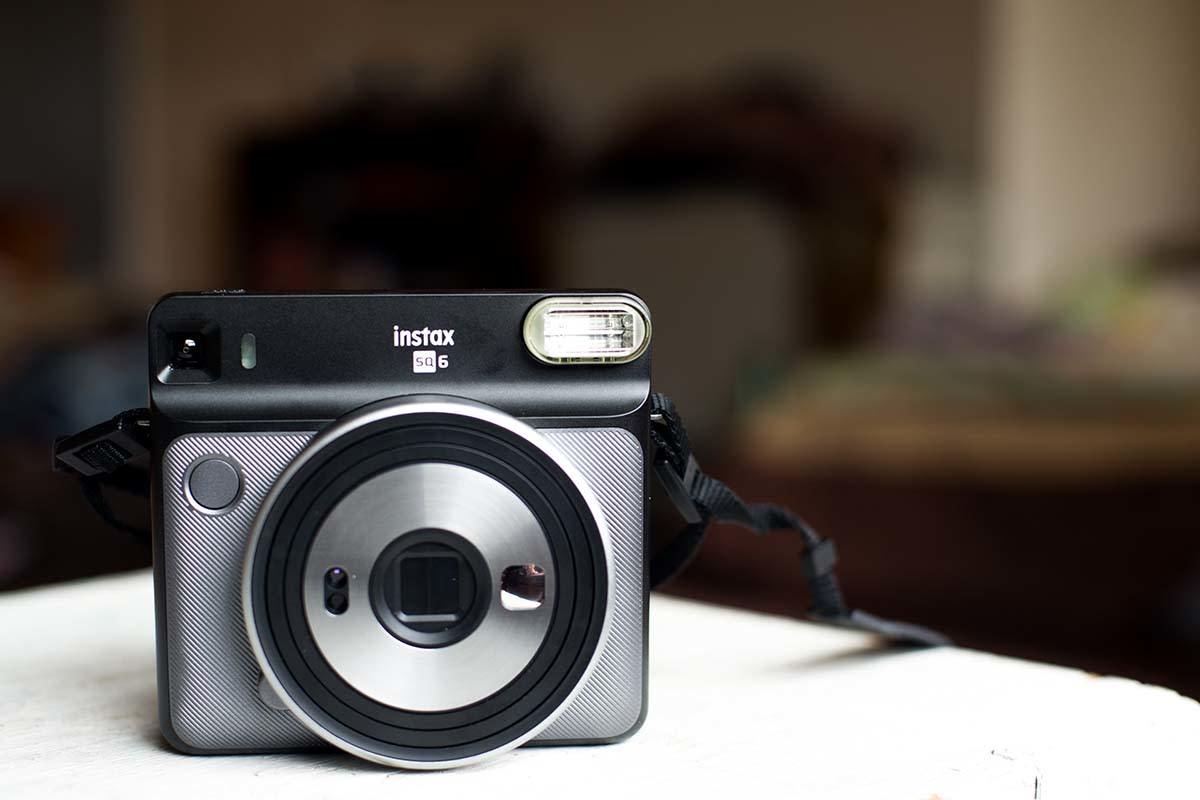Instant photography isn’t going anywhere, and Fujifilm’s Instax models have long been staples in the camera collections of anyone who’s even remotely interested in shooting film. The brand’s Mini cameras have become particularly ubiquitous in recent years. If your friends are the kind that get married, you’ve probably been to more than one wedding with people floating around snapping pictures on them. You can grab one at every Urban Outfitters. When Polaroid ceased all manufacturing of instant film in 2008, you could count on Fujifilm (and then the Impossible Project, now Polaroid Originals) to deliver the goods.
In the 10 years since Polaroid shuttered, Fujifilm has put wallet-sized instant photos in everyone’s albums with the Minis, and gave people the ability to make nice big exposures with the (under-appreciated, to be honest) Instax Wide line. But neither option offered the classic look of a square Polaroid photograph, and the Mini prints are quite small. Fujifilm remedied this situation last year with the introduction of the SQ10—an instant/digital hybrid with an impressive amount of bells and whistles. But one of the most exciting things about instant photography is the stripping away of such luxury. It seems kind of antithetical to rig an instant film camera with the ability to manipulate an exposure and print it afterward. While the chemicals are still there and you get the tangible photo when you’re done, it takes away the one-of-a-kind allure of exposures made with traditional instant cameras. Enter the Instax Square SQ6.
The SQ6 falls somewhere in between Fujifilm’s older instant cameras and last year’s SQ10. It offers a number of extras, but all the control you have is pre-process—you can’t fix or change or add weird filters to the shot you’ve taken, and the result will indeed be one of a kind. The SQ6’s most obvious direct competition is the Polaroid OneStep 2, which is decidedly more bare bones. Fujifilm sent me a shiny new SQ6 in “graphite gray” and a few packs of film to test out and relay back to you, dear reader, what you need to know about it.

Embrace your inner control freak (just a little)
As a photographer, it’s difficult to relinquish control. Part of what makes instant photography so fun is that it forces you to do just that. You have no choice but to let the camera do its often very limited thing. The SQ6 allows for a little of both.
The simple controls, the ones where you can select focal length and how bright you want the exposure to be, are the most important. It’s easy to scroll through the modes for whatever situation you’re in—if your subject is far away, hit Landscape (6.6 ft. and beyond); if they’re right in front of you, probably Macro (1 ft. – 1.6 ft.). In Auto mode, you’ll want your subject somewhere between 1.6 ft. and 6.6 ft. It takes a second to get the hang of the Macro setting, because the parallax can mess with your accuracy. The camera manual recommends you “hold the camera so the ‘O’ mark in the viewfinder is on the upper right of the centre of the subject.” That also means that you’re not able to see your actual composition in the viewfinder, which makes macro photography difficult but doable. I wasted a couple shots of a very nice sprinkle doughnut beside some gross smoked-up cigarettes, and was feeling a little frustrated, but then managed to get a decent one of my old weather-beaten boots.
You can also lighten or darken your exposures using the ‘L’ and ‘D’ modes, but unfortunately can’t use these in tandem with focal lengths for Macro and Landscape. So if you want to pull down the brightness on your spectacular mountain vista, you’ll have to wait for it to cloud over. Also, while I’m almost never inclined to use flash for anything, I’ve found that the exposures I got with the SQ6 (unless you’re shooting a far-away subject in Landscape) are almost always better with it on. A good thing to note is that the camera’s ISO is set at 800.
Getting a handle on it
Physically, the SQ6 is great—super compact for an instant camera, in a shape that fits nicely wherever you wanna pack it into. The lens is retracted while it’s turned off so it never gets in the way. One of the weird things about being a right-eyed shooter with the camera is that, since the viewfinder is in the top right corner of the body, if you want to continue shooting using your right eye, you have to squish your nose up against the back of the camera. It’s a pretty minor inconvenience, but takes a second to get used to.

The fun stuff
By far, the coolest feature of the SQ6 is its ability to make double exposures, which allows you to superimpose images on top of each other to make one photograph. Again, because you’re not able to do much about exposure control in the separate modes (besides turning off the flash), you have to make sure your light is right for the double exposure. But you should be making sure your light is right regardless. The double exposure mode also takes some work to perfect, which means potentially losing some exposures in the name of experimentation. Hopefully, those experiments end up being something you want to hold on to. I shot my pal Jess out at her sweet country home with the sun setting behind her, but didn’t position her just right, so part of the shot is straight at the sun, overexposed, with a little black dot beside her face. But when it was put together with some wildflowers in her yard, the flowers and grass are vivid and solid, and she looks just a bit ghostly and blissed out. Not exactly what I was aiming for, but I love it anyway.
If you’re looking to add a little ambience to a shot, the camera comes with three little flash filters in red, green, and purple. Maybe throw ‘em in a little bag or something, because unless you’re keeping track of them, it’d be pretty easy to misplace them or just drop them and lose them forever. You could do some fun stuff with these. One idea I’ll be pursuing in the future is finding a friend who I can dump dark liquid all over and then shoot with the red filter, à la the climax of Carrie. But for now, I did a little portrait of Lucy Niles and Josée Caron from the band Partner, sitting around a lamp, and the filter has painted the walls a nice warm purple.

Make like Narcissus
You know Narcissus, the Greek mythological figure who fell in love with his own reflection in a pool of water and then stared at it until he lost the will to live? The SQ6 provides you with your very own pool—a little mirror, positioned just right, beside the lens. It’s a feature that a number of the Mini models have, and allows you to get yourself in the right spot of the frame for an analog selfie.
Because I’m a little shy, I asked my friend Izzy, who’s also a photographer, if she’d test out this specific feature for me. She went above and beyond, taking the time to apply full drag makeup and lay down in a bed of forget-me-nots. She’s also very well-versed in the art of the selfie, and so her opinion is likely more helpful than mine. She thought the mirror was a bit small, but that didn’t stop her from finding an excellent angle, and that using it was “surprisingly simple.” One thing I’ve noticed is that, because there’s no real handle on the camera, it’s a bit tough to manage the selfie with just one hand, and you have to be careful not to accidentally hit the shutter release.
In short
The one category I can think of that the SQ6 might fall short to its main competitor is exposure size. Putting a standard Polaroid Originals 600 exposure beside an Instax Square shot really shows how much bigger the former is. And this is where money comes in. You can get two packs of Instax Square film for just a couple more bucks than a single pack of Polaroid Originals I-Type. So, for about the same price, you can choose 20 Fujifilm exposures, or eight Polaroid ones. Whatever choice you make really comes down to what you want to do with your exposures. While the SQ6 might require a little more experimentation to get comfortable, that troubleshooting is less of an issue because you’ve got some leeway with the extra exposures.
There’s a lot to love about the Fujifilm SQ6. It provides a ton of extra control to the photographer without going overboard and turning instant photography into something that it’s not. One of the nicest things about the SQ6 is that it packages pretty much everything you could want to do with instant photography into a compact body, and that makes it an excellent go-to one-stop shop. If that’s what you’re looking for, go forth and shoot—maybe a double exposure of your groom friend’s face superimposed onto a wedding cake with a red filter. Or just capture a lovely sunset. It’s your call.

Matt Williams is a freelance journalist, photographer, and writer based in Canada. Find him at his website, built using Format.
More on film photography:
20 Film Photography Portfolios That Prove Analog is Still Alive
Why You Should Try Soaking 35mm Film in Ramen Soup
Tested & Ranked: Six Disposable Cameras












